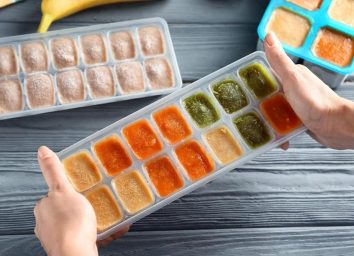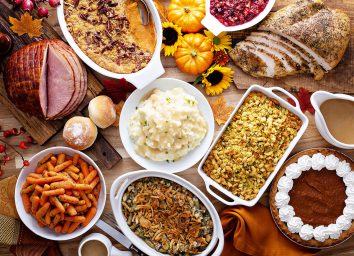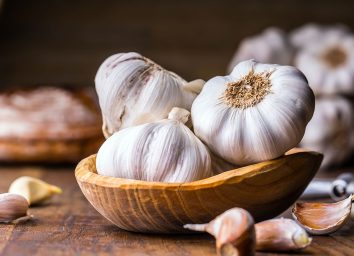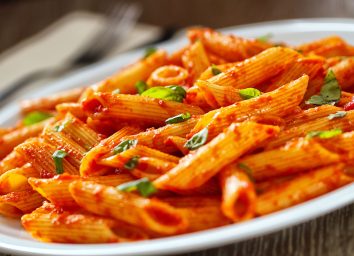How to Reheat Your Leftovers in the Microwave the Right Way
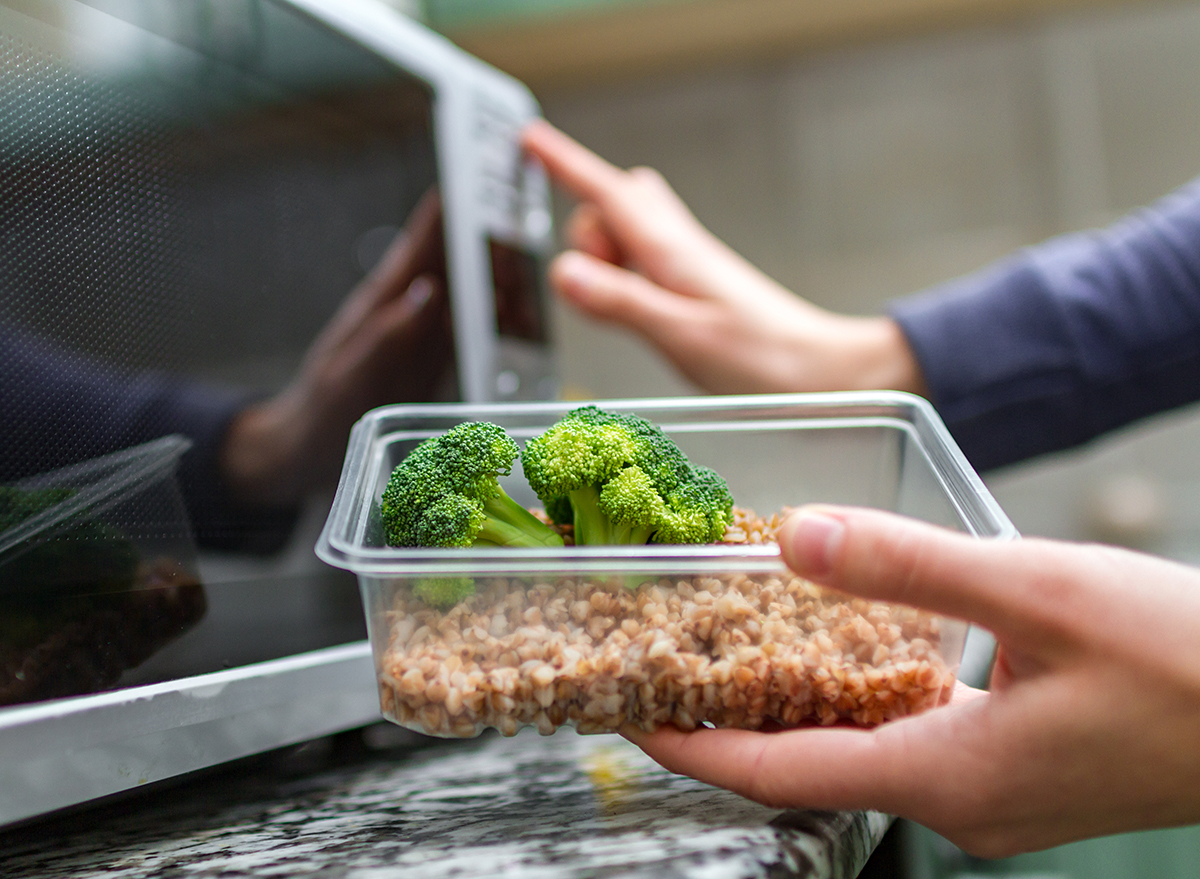
If meal prepping is an essential part of your week, then you likely use the microwave to reheat a serving size of that batch of quinoa you boiled two nights prior or one of the chicken breasts you baked in the oven last night. You may even have a stew you want to quickly heat up for dinner before heading out the door to catch up with some friends. Microwaves give us the luxury of being able to quickly warm up leftover food, but sometimes they can cause a mess and don't fully warm the food. Basically, there is a right and wrong way when it comes to reheating leftovers.
Think about it: have you ever put a bowl of tomato soup or pasta sauce in the microwave and—before your eyes—watch it begin to bubble and then abruptly blow up all within a matter of five seconds, splattering all over the inside of the appliance?
The microwave also never seems to thoroughly heat up leftovers either. How many times have you heated something up and seen it sizzling in the microwave, only to bite into it and be met with an ice-cold interior? Or started eating your meal, only to be left burning your mouth on a too-hot bite a few seconds later? We called on Brian Bennett, executive chef of health forward meal delivery service Eat Clean Bro, for a tip on how he reheats leftovers so you can avoid these microwave mishaps.
The best method for reheating leftovers using a microwave:
For your traditional leftovers, Bennett says you should top the food with something you might not have thought of.
"For smaller cuts of chicken, seafood, or ground beef, I usually just use the microwave with a piece of wet paper towel on top of it," he says. "For veggies and starches, I will reheat them in the microwave with a wet paper towel over it."
And if you have meat, vegetables, and starches on the same plate, this method still applies, but you'll also want to think about density so you can evenly reheat the different foods.
"The less dense something is, the easier it will heat up," he says, so you should avoid stacking the foods on top of each other and make sure that all of the food is evenly spread out across the plate so it heats up at the same rate.
Lan Lam, senior editor at Cook's Illustrated in Boston, Massachusetts, has told us before about why microwaves need that little extra step.
"Microwaves heat the surfaces of food very quickly, but they can't help the heat move towards the center of your food fast enough," Lam told us. The result? Hotspots can occur on the surface of your food—even when the inside is still ice cold. This is one time you should actually play with your food.
"Move the food around by stirring, mixing, or flipping when you microwave," Lam says.
Who knew your favorite dinnertime activity as a child is actually the strategy that works for reheating leftovers?
What foods shouldn't be heated up in the microwave?
While the microwave is a handy kitchen essential you probably use for heating up all your leftovers—from spaghetti to meatloaf to casseroles to sides—Bennett clues us in on a few things that are better heated up elsewhere. Yes, it might be more work, but the taste payoff is worth it!
For sauces and soups, Bennett opts out of the microwave. Here's what he does instead:
"I reheat them in a saucepan slowly on low on the stove top. I usually will add a little liquid, depending on the base for the soup or sauce," says Bennett. The liquid he adds will either be cream, milk, or water.
"I typically don't cover it because I like to keep stirring it. With the lid on, it could reduce too fast and burn. I will basically reheat any sauce until it comes to a boil and is the right consistency," he says.
However, if you don't have the patience to fire up the gas stove and still want the convenience of the microwave, try covering the bowl of sauce or soup with a non-toxic, BPA free microwave-safe lid to avoid an explosion!
And while you can heat meat up in the microwave, Bennett prefers going a different route for certain cuts, like ribs and steaks.
"For something like ribs, I will reheat them in the oven low and slow with some moisture in the pan while covered to help steam them," he says. "For steaks, I will re-sear them in the pan and pop it in the oven for a minute or so."
Now, who's ready to heat up that leftover spaghetti from last night?
